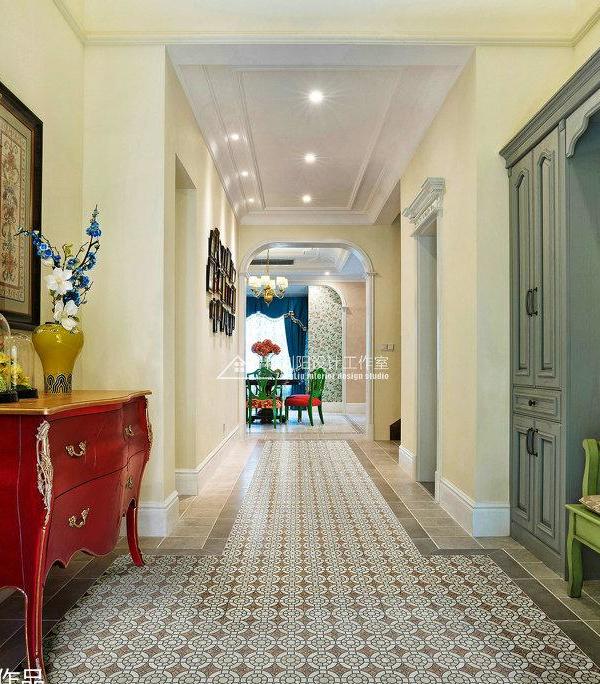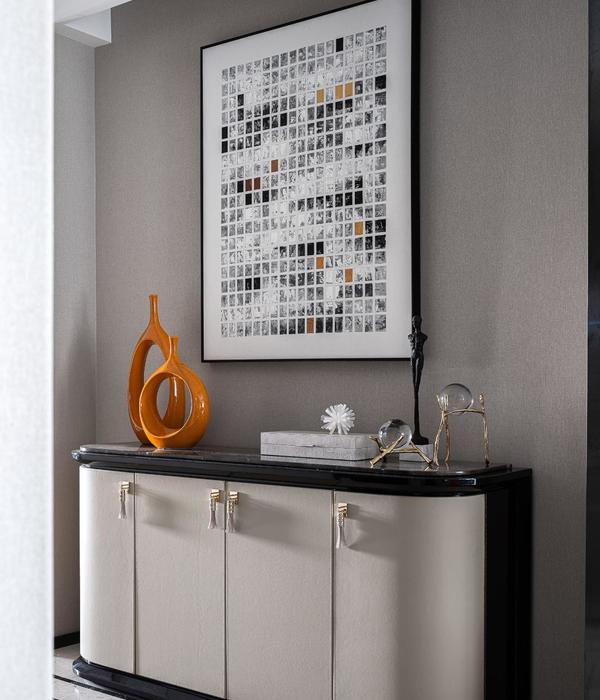上海诺华园区 | 庭院式建筑的现代演绎
Architects:Atelier FCJZ
Area :141270000 m²
Year :2015
Photographs :Hengzhong Lyu
Principal Architect : Yung Ho Chang
Project Team : Simon Lee, Dan Chen, Keith Goh, Shuni Feng, Xiangting Li, Zhaowei Guo, Cheng Chang
Landscape : Beijing Tsinghua Tongheng Urban Planning & Design Institute
Client : Novartis Institutes for BioMedical Research (China)
City : Shanghai
Country : China


Project Background + Current StageSince 2006, Atelier FCJZ has produced a comprehensive planning scheme and architectural design guidelines for the Novartis Shanghai Campus, in addition to designing one research laboratory building on the Campus. In a continuation of the methods used by Novartis' Basel Campus in Switzerland, each building at the Shanghai Campus is also designed by a different architect. Further, a number of the buildings and elements of the landscape of the central garden and courtyard are also designed by different designers. With regard to design, Novartis provided architects with the following direction: "In the Shanghai Campus, we wish to achieve modern laboratories and modern workspaces, providing researchers with a relaxing and home-like environment such with greater opportunities to interact and cooperate, and make better use of their creativity." In 2016, Novartis Shanghai Campus had its Phase I construction completed, with a total of seven buildings.

MasterplanOur plan emphasises on the spatial quality of the campus, and the creation of a liveable working community. We adopted "Courtyard Urbanism" as the design concept: courtyards are used to establish the overall spatial structure and given different scales across the campus. The service and living facilities are located within or surrounding the courtyards. Cultural continuity is another of our design strategies: we introduced the concepts of traditional Chinese gardens and blurred the difference between "court" and "garden" with the notion of "court-garden". A court-garden brings architectural qualities than a typical garden. The internal and external spaces of buildings within the campus are linked with pedestrian accessibility, forming a rich and continuous system, in which the users can perceive a modern interpretation of southern Chinese gardens.

Laboratory Building DesignThe laboratory building is designed to be an enclosed courtyard. It can be conceptualised as a modern courtyard housing complex (siheyuan), or a room without a roof. The landscape design was made by ZHU Yufan. One of the campus restaurants is located on one side of the courtyard. An important design strategy for this campus plan was to include a variety of public service facilities in the independent courtyards of each laboratory or office building; this design is convenient for the staff, on the other hand campus users are encouraged to explore each building or moving through courtyards, allowing users to spend more time engaging in outdoor activities. On the other side of the courtyard, opposite to the restaurant, is a five-storey laboratory building.

Façade MaterialsCultural continuity is also present in the exterior wall design of the main body of laboratory building. Oval-section modern terracotta plates in four tones of gray are gradually rotated, which clad the outer surface of the wall and also open to become the sun-shading louver. On the roof of the restaurant and veranda, we used another type of terracotta product, so the building generally reflected the tone, texture, and a nostalgic feeling of gray clay bricks in South China.


Interior DesignIn the spirit of Novartis' aim of home-like laboratories, each floor has non-lab work spaces facing the courtyard, with atmosphere of living room, dining room, and kitchen. In the center of the research laboratory building, open platforms in different sizes are stacked together in atrium vertically, and connected to each floor by staircases, which forms an indoor, vertical courtyards series. Like the courtyard, these platforms have distinct spatial qualities but no specific function. While going up or down the stairs, researchers may use these platforms to rest, read, or meditate. Interaction and cooperation are crucially important for work such as research and invention, and so the combination of these platforms and staircases is aimed at increasing opportunities for scientists to meet and interact.


▼项目更多图片





















